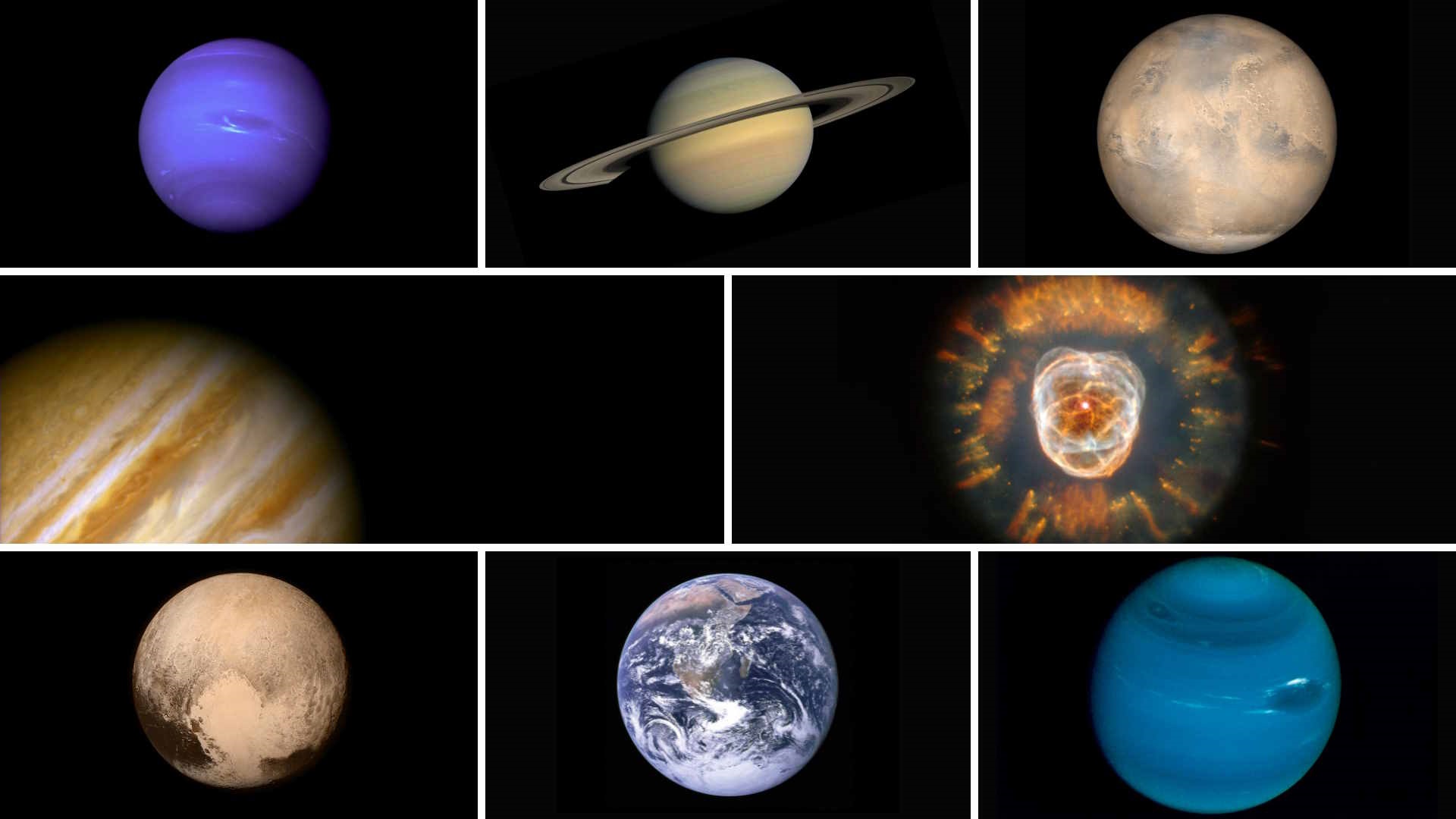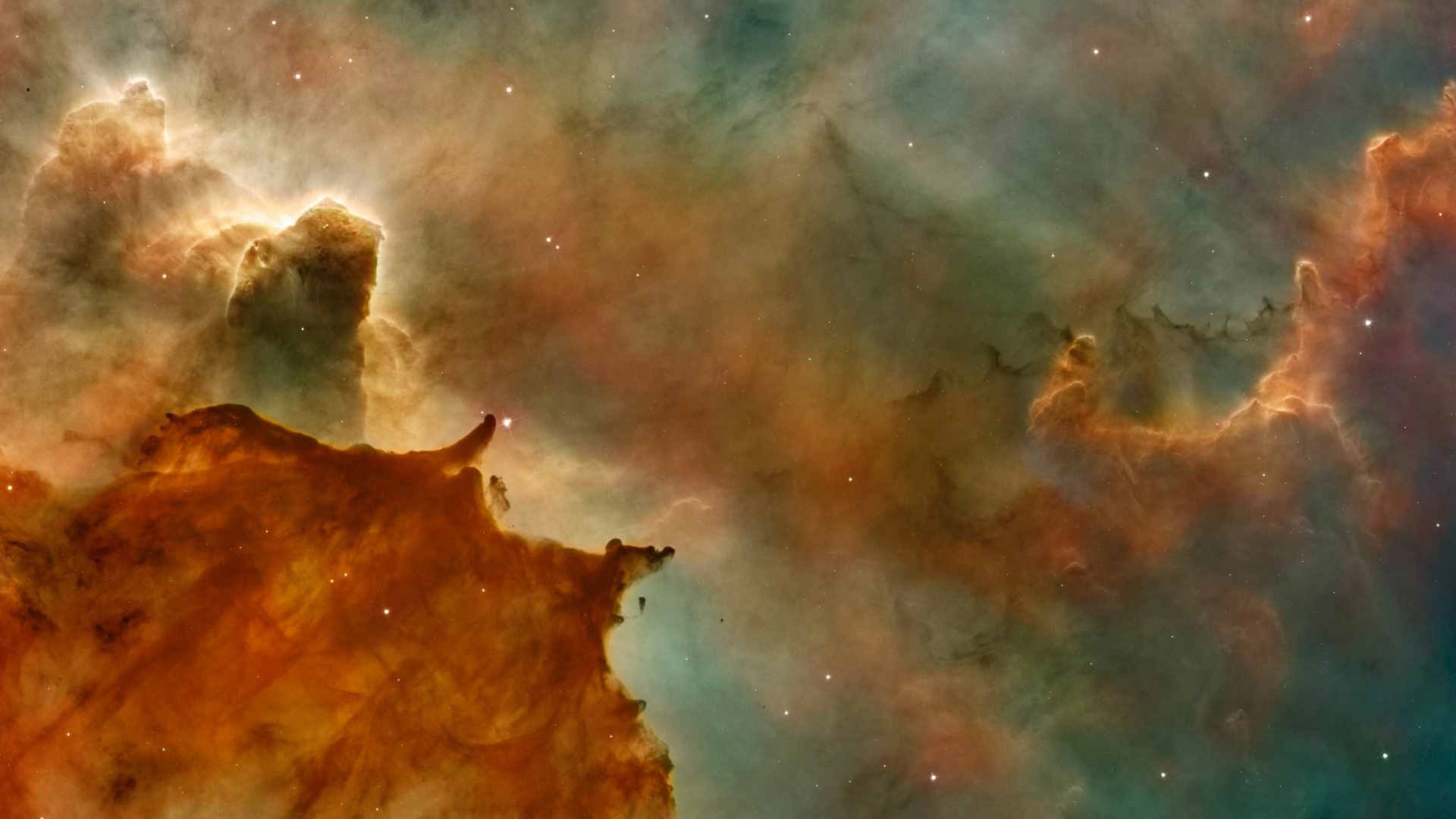Voyage Solar System Model
A voyage that will forever change your perspective of home.

Discover the solar system right here in Palo Alto.
The Voyage Solar System Model, is a 1 to 10-billion scale model of the Solar System. All of the dimensions in this model, including the size of and distance between planets, are created to scale. The beginning of the installation (aka, the sun) is located between the Junior Museum & Zoo and the Girl Scout House. The installation ends with Pluto at the Palo Alto Rinconada Library.
Voyage is a program of the National Center for Earth and Space Science Education and Exhibitology. The exhibition is designed for permanent installation in communities worldwide. We are excited to be joining this community which aims to “celebrate our remarkable capacity as a race of explorers to decipher our place in space, and through scientific inquiry, reveal the majesty of the universe”.
Experience
As a free, outdoor exhibit, the Voyage Solar System Model is available to the public during and outside of Palo Alto’s Junior Museum & Zoo’s operating hours. Visitors are welcome to explore this exhibit on their own time and at no cost.
Below is a map of the entire exhibit.

Community Benefits
This beautifully designed and precise model resonates with our commitment to scientific accuracy even for our youngest children. More specifically, the new exhibit has the following community benefits:
-
Provides exhibition visitors a free science exhibit outside of our museum walls
-
Provides exhibition visitors a conceptual understanding of Earth’s place in space and the nature of worlds across our Solar System through the use of high precision models, text, imagery, and activities promoting inquiry-based exploration
-
Extends and enhances existing informal science and STEM education experiences to outdoor spaces
-
Fosters a community engagement model for STEM education with the means to engage students in grades K-16; educators across grades K-12, families, and the general public
-
Fosters experiences and programming that are strategic (addressing a community’s educational goals in STEM education), systemic (addressing the curriculum across local school districts), and sustainable (providing content and resources on an ongoing basis)
-
Creates a network of Voyage Communities and fosters inter-community exchange of ideas for educational programming

We aren't the only ones excited about this new exhibit!
From Sunil Nagaraj, President of the Astronomical Society of the Pacific and Palo Alto Resident: "Given that astronomy is so often a gateway for children to fall in love with science, this solar system model will inspire even more kids with the scale and beauty of our universe. This will be a real gem for the area as I hope it draws more students and teachers to the JMZ"
From Professor Geoff Matthews, Astronomy, Foothills College: "A solar system walk would be a fantastic resource for the community – a way to give people a sense of the vast scale of our solar system and embed science learning in a casual stroll through the park."
From Pamela Dorrell, retired early education teacher: "One of the things I always found so difficult about teaching kids about space is the insane, impossible distances. I am so glad they are installing this solar system model as it should make the surreal just a little more real… while still blowing their unsuspecting, little minds!"
From Professor Sonia Tikoo, Department of Geophysics, Stanford University: "This sounds awesome - the scaled Solar System Model would be a fantastic addition to Palo Alto and the Bay Area at large! The relative sizes of the planets in our solar system and the sheer distances between them are so vast that it is challenging for humans to intuit the scales involved. In particular, this model would be a great resource for teachers and students at all levels (from preschool through undergraduates), and will aid in understanding the diversity of planetary bodies within our solar system as well as in realizing how small we Earthlings really are in the grand scheme of the cosmos."
From Josh Bloom, Palo Alto High School Astrophysics Teacher, TOSA for Social-Emotional Learning: "It’s amazing how many of us don’t know just how vast the distances between the planets are, and the fact that no poster or image could ever accurately capture their true scale. . . It is a powerful experience to recognize that we are both insignificantly small and intimately connected to something much larger than ourselves."
Learn More about our Exhibits